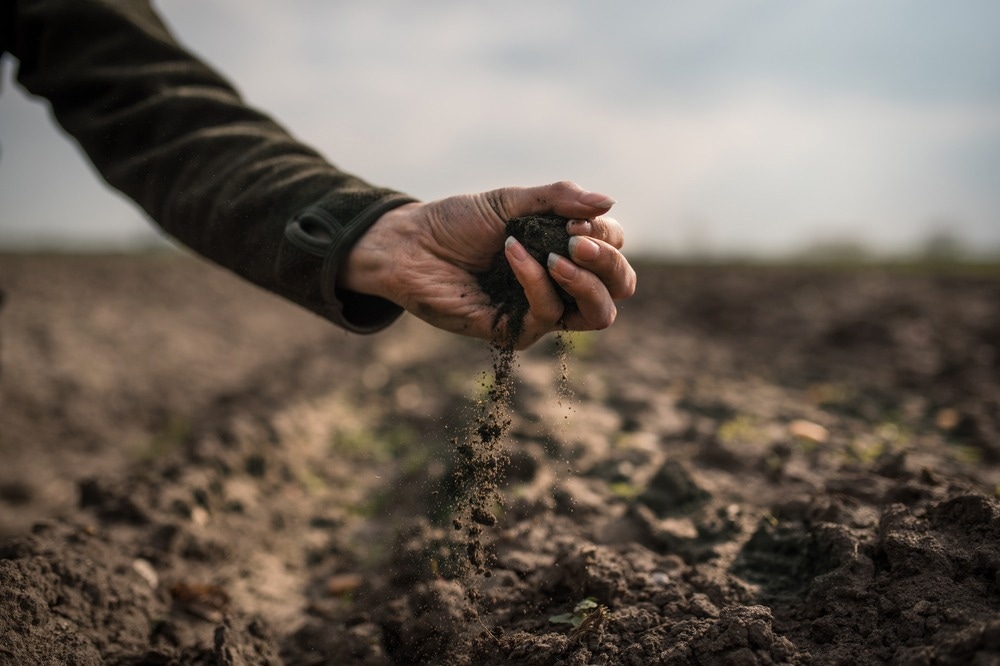The stability and multifunctionality of an ecosystem are largely dependent on the health of the soil. Due to the growing concern regarding biodiversity loss, it is important to understand how soil biodiversity reacts to changes in ecosystem function and intensified land use.

Image Credit: Tibor Duris/Shutterstock.com
Researchers from the Xishuangbanna Tropical Botanical Garden (XTBG) of the Chinese Academy of Sciences illustrated the interactive effects of soil diversity and plant diversity on the relationships between soil diversity and ecosystem multifunctionality (MEF) in a study published in Soil Biology and Biochemistry.
They demonstrated that multitrophic soil organisms with a range of body sizes are reliable indicators of soil biodiversity and crucial for preserving the multifunctionality of tropical ecosystems.
In rubber plantations with various degrees of understory plant diversity, including monoculture (MRP), high (RHD), and low (RLD) varieties of other plant species, the researchers performed a thorough analysis.
They evaluated soil multidiversity including bacteria, fungi, nematodes (five feeding types), and arthropods (Thripidae, Poduridae, and others) in rubber plantations differing in land-use intensity, along with 11 variables of ecosystem function and ecological network stability (reflected by co-occurrence network patterns).
They discovered that various rubber plantations had considerably varying effects on soil multidiversity. In RHD, the multifunctionality, soil network stability, and diversity were all much higher than in rubber monoculture. High plant diversity enhanced multifunctionality and variety.
They discovered, specifically, that the properties of the soil and the body size of soil organisms had a seasonal influence on the link between soil multifunctionality and variety. The body size of soil organisms affected seasonal variations in the link between multifunctionality and diversity.
Large soil organisms have a substantial impact on multifunctionality during the dry season. The link between multifunctionality and diversity was favorably impacted by the rainy season and microbial activity.
Their findings confirmed the value of soil multidiversity in determining the ability of the soil for soil health, which is crucial for ecosystem function. Therefore, to track the effects of changing land use on ecosystem services, the researchers advised taking into account multidiversity as a bioindicator of soil health.
Our study highlights that accurate identification of soil health indicators is an important approach to suggest remedial management strategies to maintain soil health and MEF relationship in managed ecosystems such as rubber plantations.”
Xiaodong Yang, Professor, Ecology, Xishuangbanna Tropical Botanical Garden, Chinese Academy of Sciences
Source:
Journal reference:
Wang, W., et al. (2023). Seasonal difference in soil health indicators mediating multidiversity-multifunctionality relationship depends on body size of soil organisms: Evidence from rubber plantation agroforestry system. Soil Biology and Biochemistry. doi.org/10.1016/j.soilbio.2023.108968